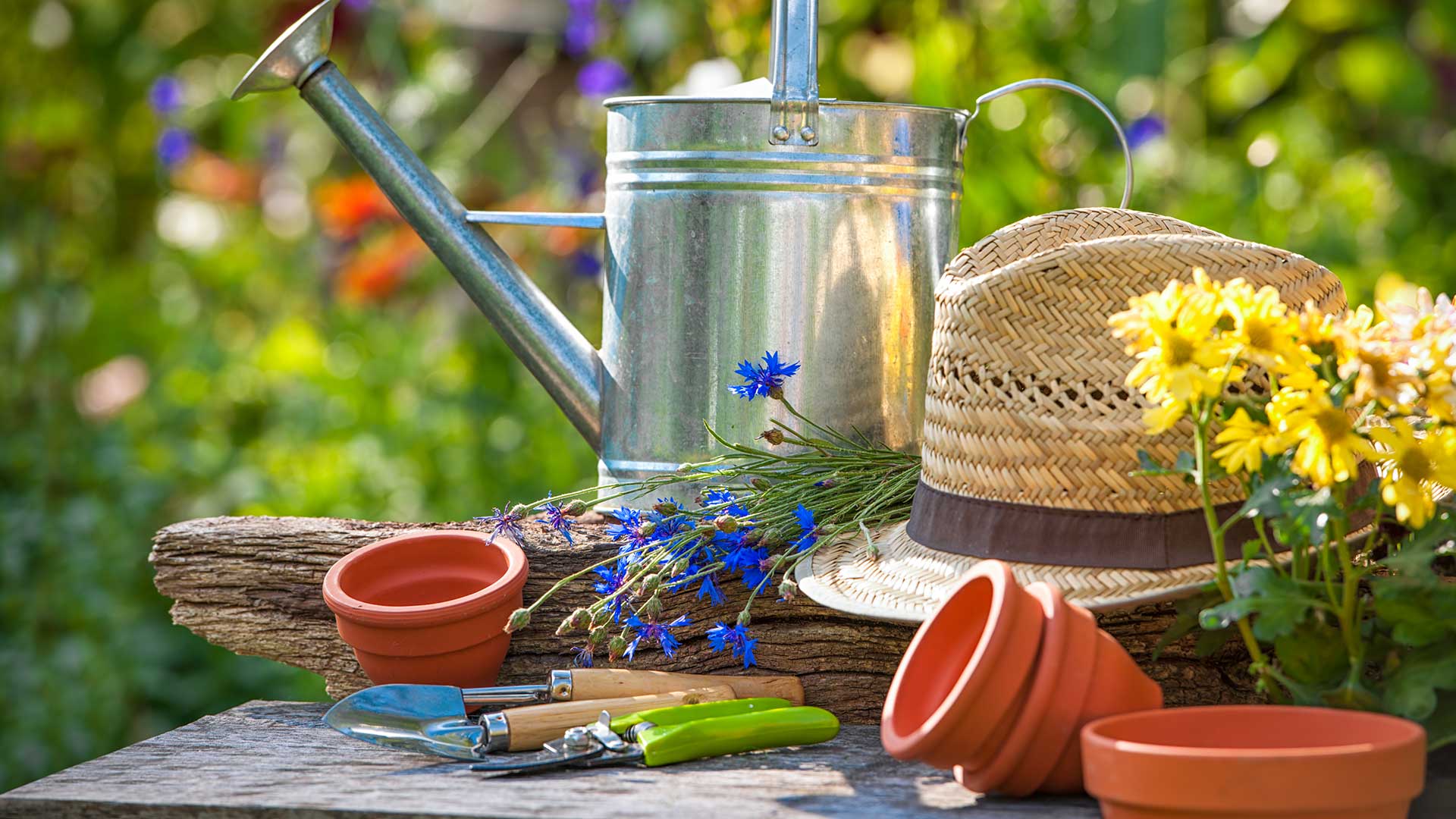
There are plenty of summer gardening jobs to be getting on with. At this time of year, borders are at their peak, with perennials and annuals putting on their dazzling display. But all that flower power needs some maintenance – not forgetting that weeds tend to be rampant.
The warmer months are also when we spend the most time in our gardens, perhaps relaxing with a good book or hosting friends alfresco. So, whatever your preferred garden trend, you'll want to keep your outdoor living space looking tip-top.
To help you get organised this season, we turned to the gardening experts for advice. You’ll find all the essentials below, including tips on planting and lawn care.
Expert-approved summer gardening jobs to complete
Whether you're tending to a romantic cottage garden, a laid-back Mediterranean garden or a more contemporary space, these tasks are a must for your summer to-do list.
1. Weed flower beds often
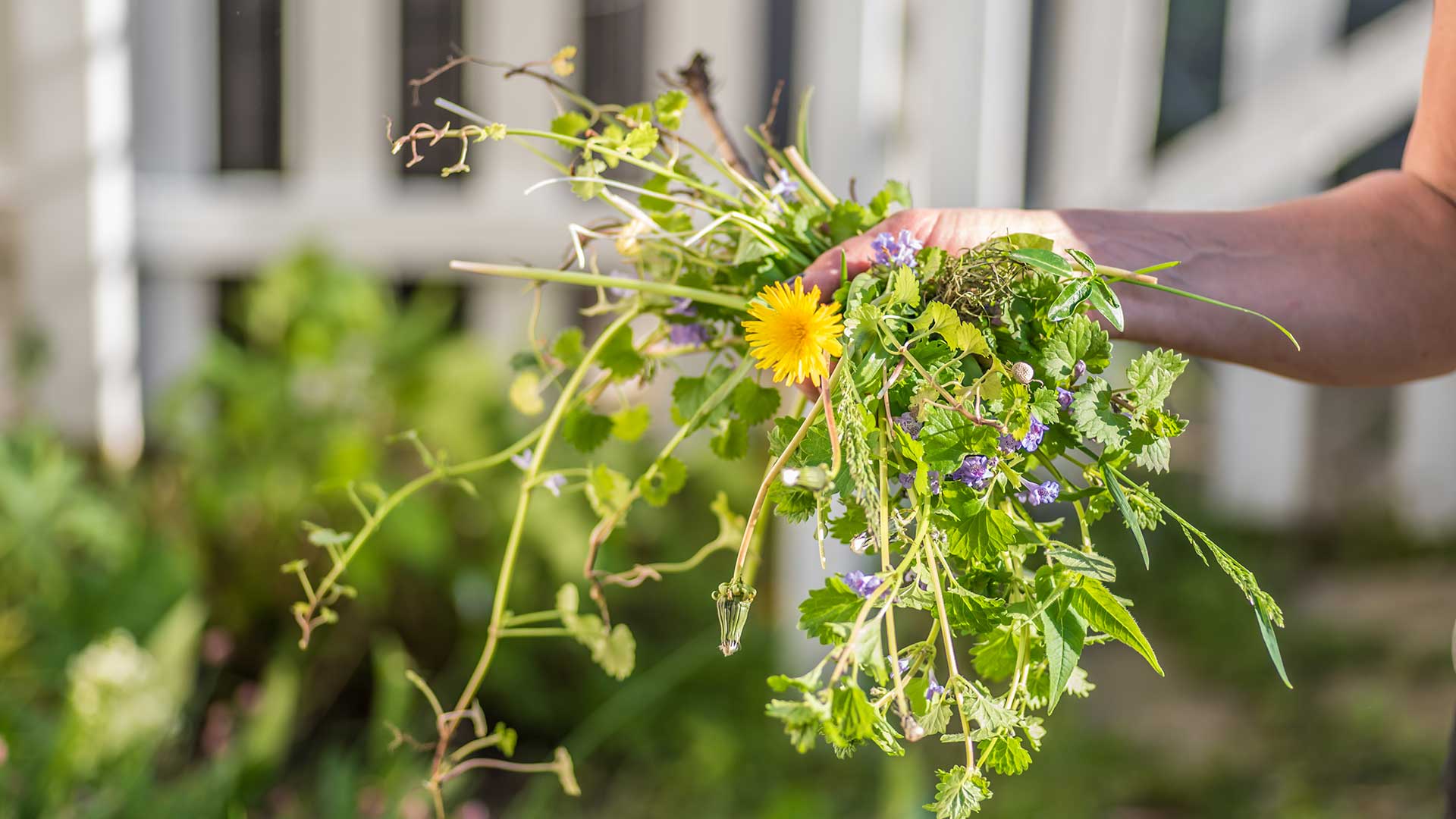
Weeding is one of the biggest summer gardening jobs. Helen Nyul of Barratt Homes says that while this can seem like an ongoing battle, keeping on top of it means your plants will get more nutrients, light, and water, as they won’t be competing for space.
She recommends keeping an eye out each week for any new ones popping up. “Some weeds can grow fairly large, so it’s important to tackle them while they’re small.”
Despite being a little laborious, one of the best ways to get rid of invasive interlopers is to dig them up by hand. You can use a trowel or a weeding hoe, such as this Niwaki one from Crocus. Try to remove the entire root system, particularly on tough perennial weeds such as dandelions, to help prevent them from coming back.
Helen alternatively suggests some cheap weedkiller hacks, which will dry the weeds out. “Vinegar is a great option for younger weeds on driveways and paths, while salt has been used as a natural weedkiller for centuries.
Simply dilute three parts salt with one part water, mix, and leave to stand until the salt has dissolved. Pop into a spray bottle, but make sure not to spray lawns or flowers as it can prevent future growth." Stick to more traditional methods to get rid of weeds in grass.
2. Deadhead spent blooms
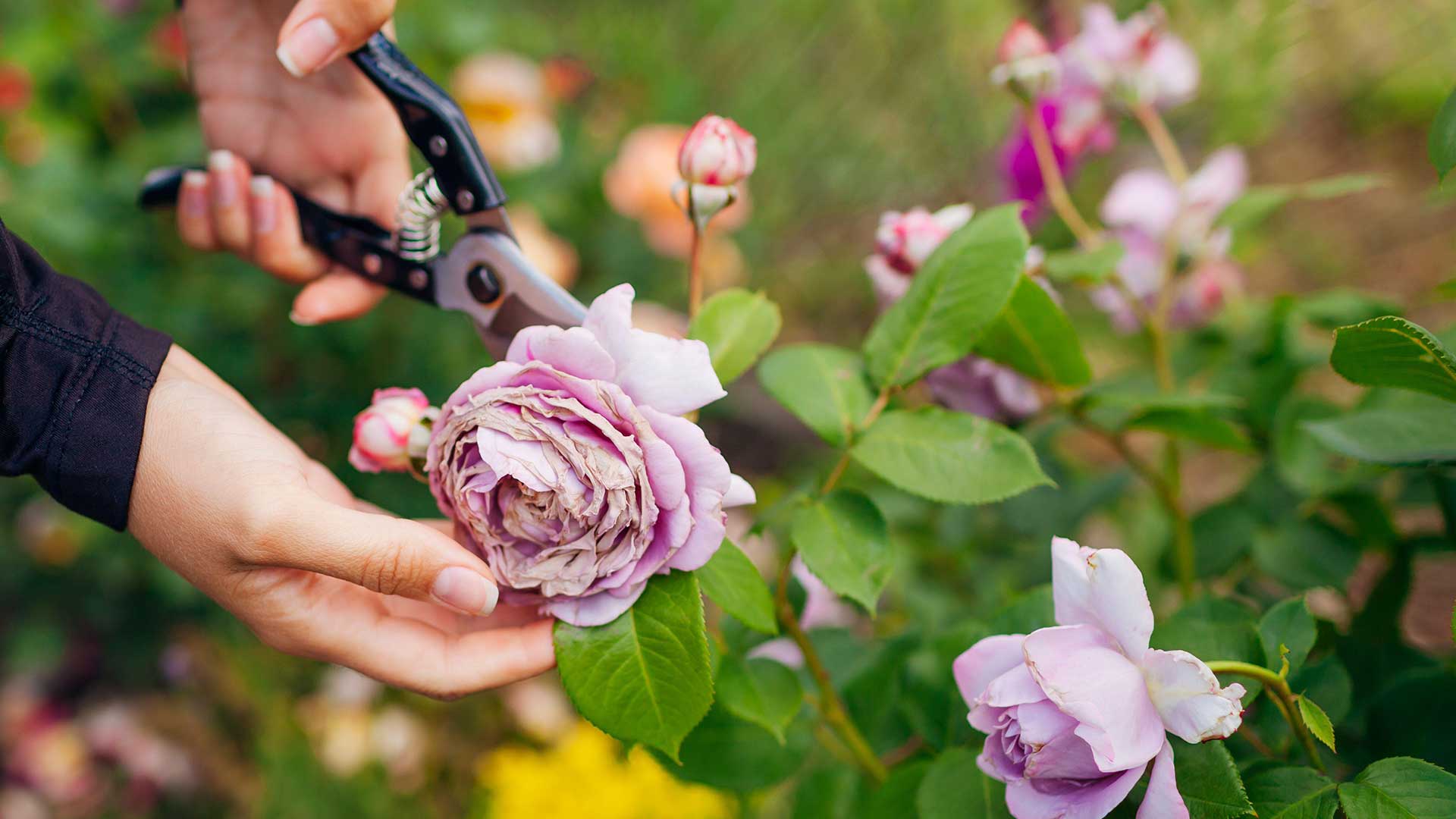
Many of the best plants flower in summer. As their beautiful blooms inevitably fade, it’s worth learning how to deadhead plants properly to neaten them up and encourage them to produce more flowers.
Claire Hooper, plant area manager at Hillier Garden Centres, notes the importance of understanding your plants’ growth patterns and needs and avoiding excessive pruning that can stress plants.
“Some flowers, like petunias, can be deadheaded by simply pinching off the spent flowers using your thumb and index finger, but some may require tools to prune effectively,” she says. “When pruning, make precise cuts above healthy leaf nodes at a side angle, using clean tools to minimise the risk of disease, and handle plants carefully to avoid damage.”
You could also give your early summer plants what’s known as the “Hampton Hack”, a gardening tip suggested by Helen. This is a popular method used by gardeners in July, she explains, and involves cutting back plants by around a third – “although this can vary depending on the type of plant you’re working with.” While this may seem like a risk, Helen says it actually encourages them to bloom again.
“Once you’ve done with the shears, water and nourish plants with an organic feed, such as liquid seaweed or Tomorite,” Helen adds. Tomorite is available to buy from Amazon.
3. Keep your garden hydrated
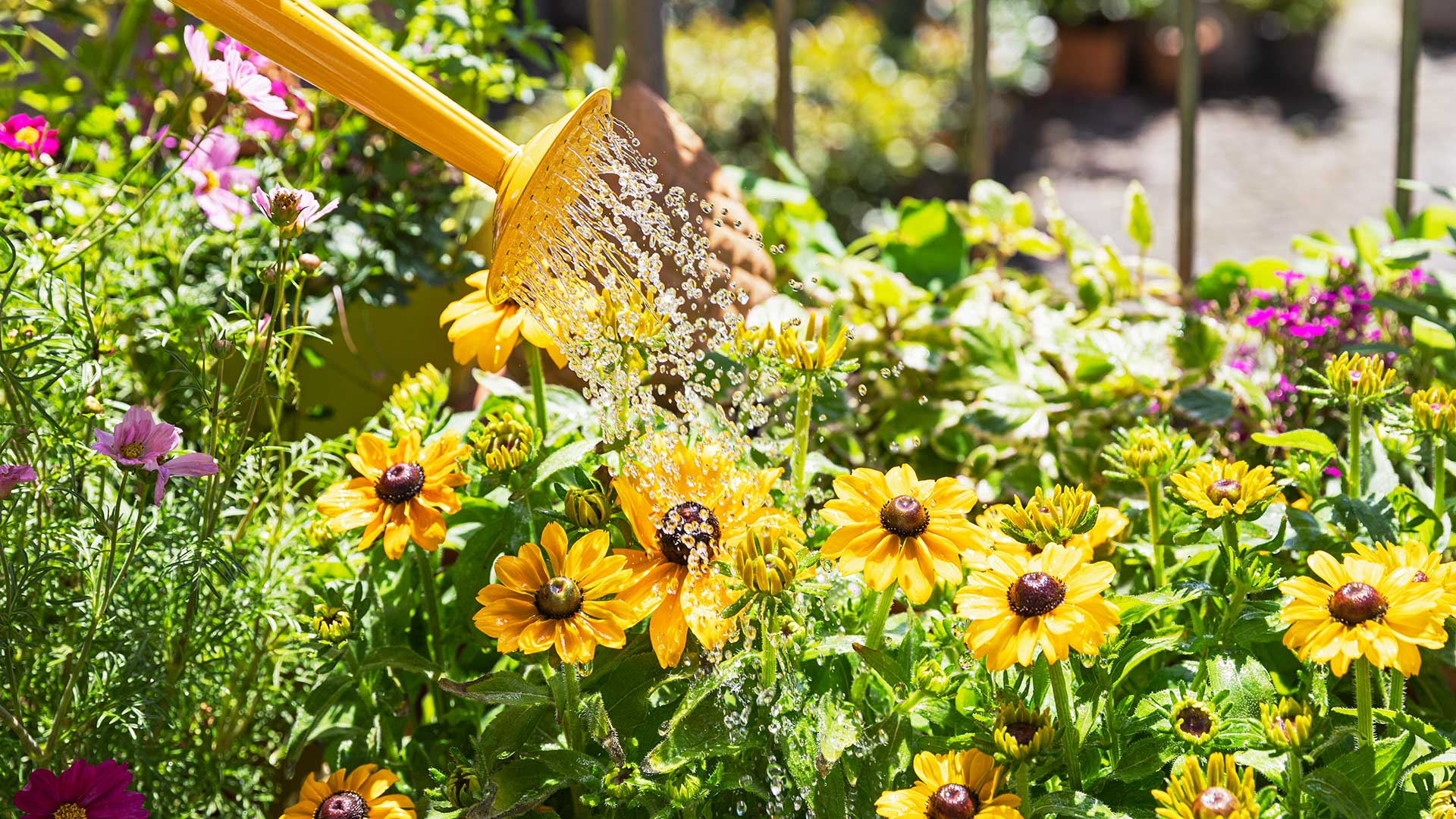
Your garden will need plenty of H2O to thrive during the hot and dry months, so learning how to water plants properly is a must.
Using harvested rainwater from a water butt is a great option for a more sustainable garden. Moreover, Nigel Lawton of Dobbies highlights how this is actually better for your plants, as rainwater has none of the chemicals that water from the mains has.
He also recommends watering in the morning before the sun comes up, or in the evening. “If you water during the heat of the day in full sun, the water can damage the leaves and flowers.”
As well as this, Nigel suggests mulching your plants using a good quality peat-free compost. Doing so will help the soil retain moisture and also help rain penetrate the soil, which will keep your plants hydrated between waterings.
4. Look after your lawn
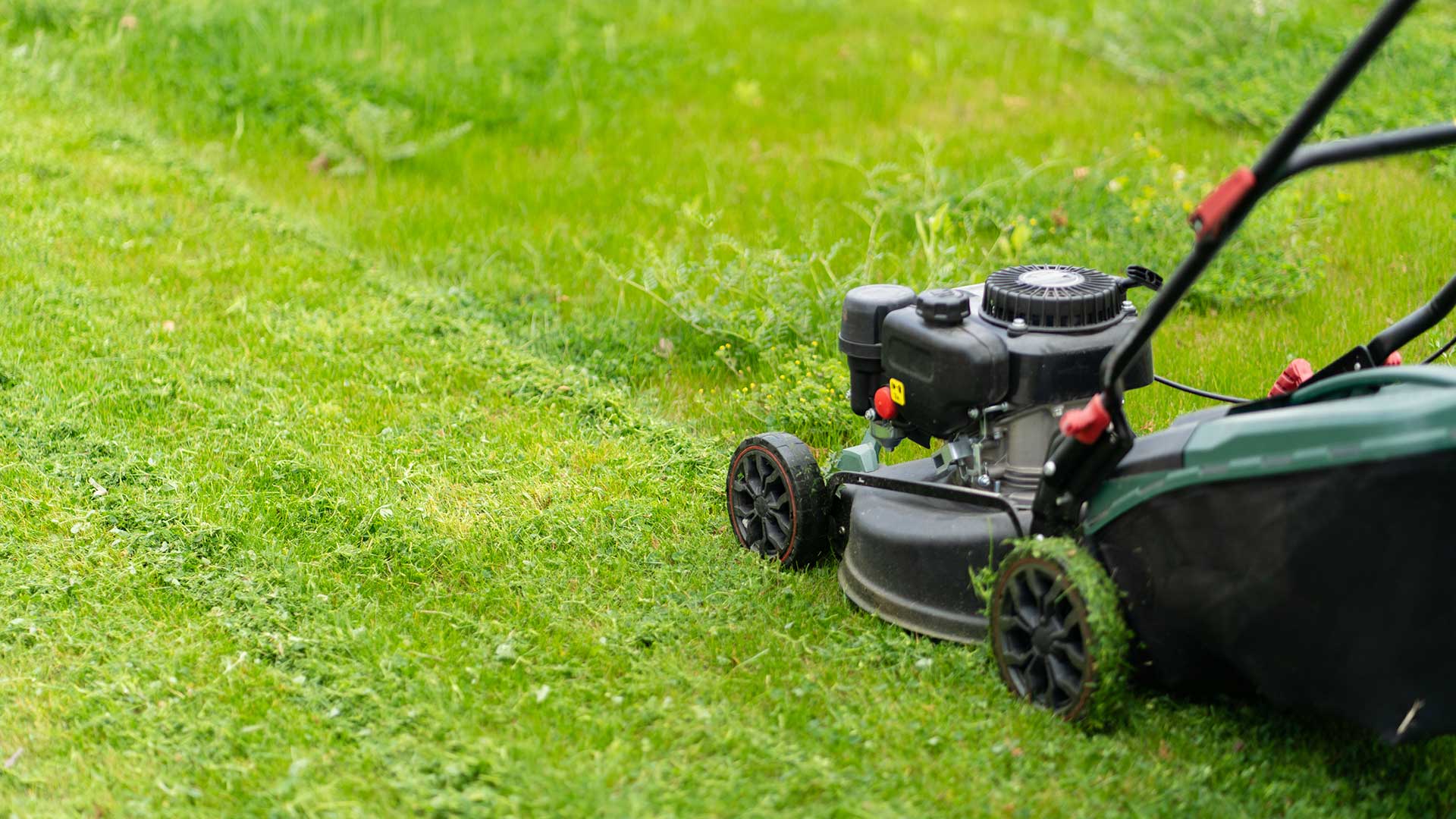
Summer lawn care is essential for healthier grass. Chris Cooper of Hayter, a supplier of premium-quality lawn mowers, recommends mowing your grass every three to five days for a beautiful, neat and manicured lawn.
Chris warns of a common lawn care mistake to avoid: “Just make sure you never take off more than a third of your grass’ length,” he says. “By doing this, you’ll be making sure you have stronger roots and therefore healthier grass – little and often is the way to go.”
Chris also says to leave your grass clippings, allowing them to fall back into the soil. “Don’t worry if it looks a bit untidy at first, this is actually a way of fertilising grass naturally.”
It’s best to pack away any garden furniture and children’s or pet’s toys rather than leave them on your lawn, too. Chris says this will protect your grass from uneven sunlight and crushing, and will allow beneficial summer rainfall to get to it.
Top tip: Claire says, "A lawn feed should be applied evenly when the soil is moist, and rain is forecast. During prolonged dry spells, you will need to water the lawn for several days after application to ensure best results."
5. Plant late-summer flowers

Helen says, "While your summer flowers may be thriving in June and July, by the time September arrives don’t be surprised if they look a little lack-lustre. By planting late-summer flowers now, you can have vibrant colour in your garden as the seasons change.
"Asters are a great choice as they burst into life in the last days of summer and don't stop until late November, producing a frenzy of daisy-like flowers that will lift your spirits,” Helen continues. What’s more, they are great plants for pollinators in the autumn. They grow and flower best in full sun and well-drained, loamy soil, returning year after year, she adds.
You could also add a hydrangea to your garden – a low-maintenance flowering shrub. Helen notes how they bloom until October or even November, and there are varieties for part-sun or shade. She suggests Hydrangea paniculata "Limelight", highlighting its colour-changing flowers. You can buy “Limelight” plants from Crocus.
Another great option, and one of the best rockery plants, is sedum. “With the right care, sedum will last through the winter, too,” says Helen. “All sedums need well-drained soil and to be grown in a light location.”
Meanwhile, Claire recommends planting rudbeckia – a “hardy, clump-forming perennial that brings vibrant colour to the garden from mid-summer into autumn.” Try the "Goldsturm" rudbeckia from Hillier for classic yellow blooms.
6. Take cuttings for new plants

Propagating plants from cuttings is a simple and rewarding way to get new ones for free. All you need to do is take a small section of the healthy stem by cutting beneath a growth node, remove one or two leaves from the bottom, and then plant the cut end into a pot of moist, gritty compost. Keep cuttings warm to encourage growth.
Gardening expert Sarah Raven recommends taking cuttings of tender perennials, such as pelargoniums and salvias, as a summer garden job. “They’ll be growing at full tilt and will root very quickly to provide wonderful windowsill plants all winter.
“You should also take cuttings from arctotis, argyranthemums, verbenas, and plectranthus," she adds.
7. Stake taller plants
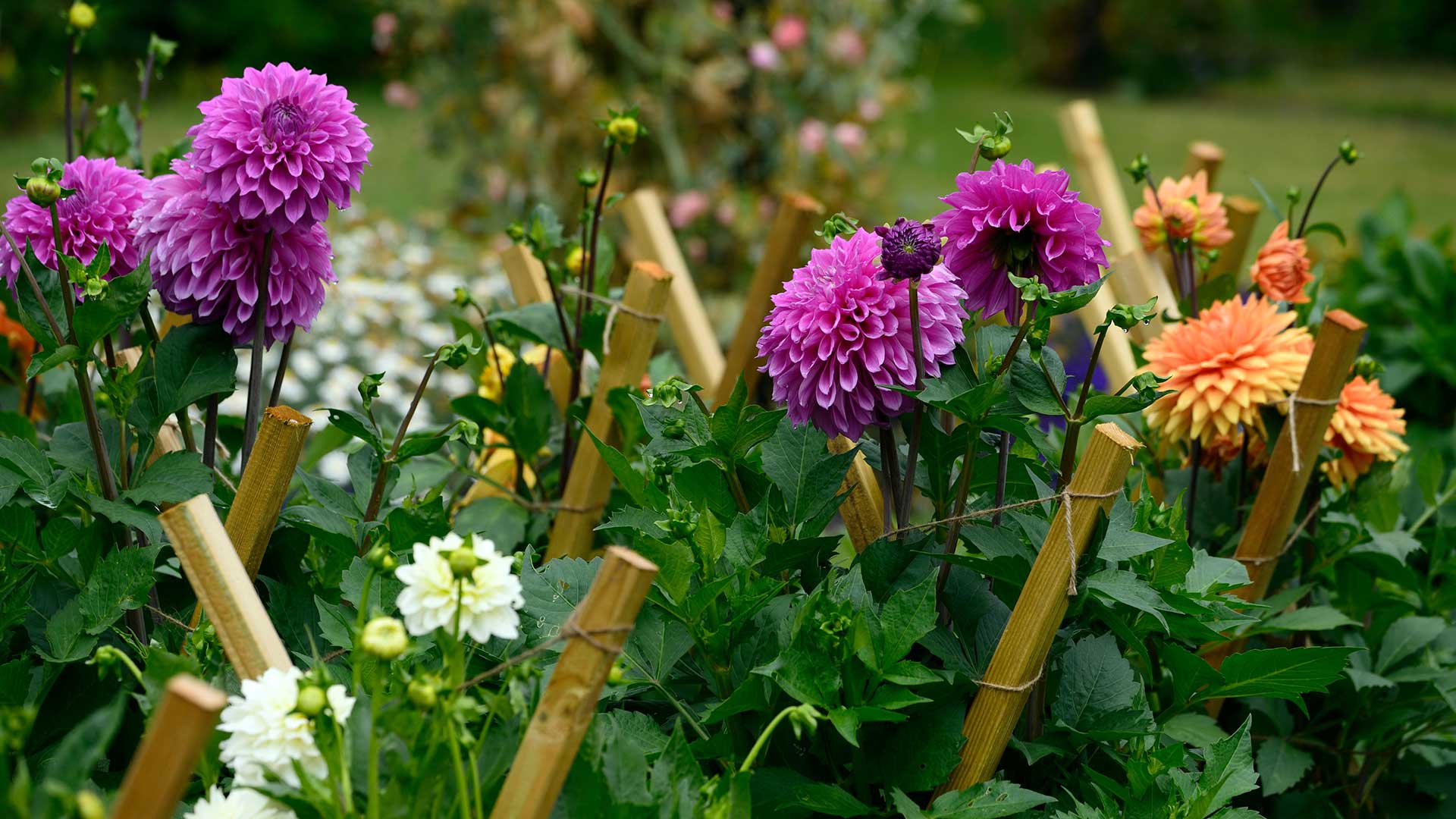
Sarah highlights how perennials may need propping up with stakes – “by the time dahlias and chrysanthemums are at their peak height, autumn wind and rain will be on the way."
Delphiniums, peonies, and crocosmia may need staking, too. Steel herbaceous supports are available from the Sarah Raven online shop in different sizes. Alternatively, or additionally, consider shopping for some versatile willow flower stakes, also from Sarah Raven.
8. Watch out for pests
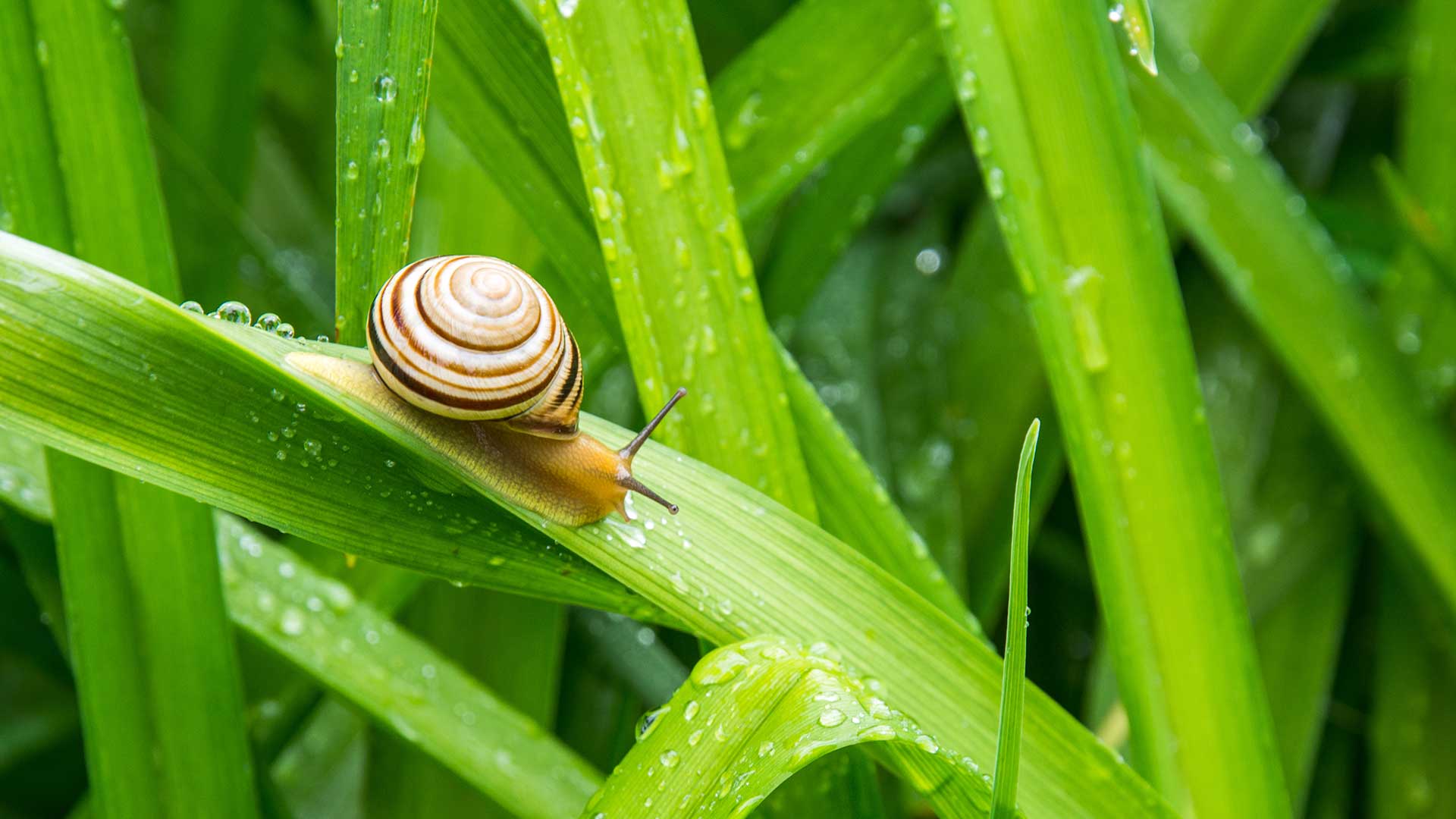
Josh Novell, garden expert and director of Polhill, warns that summer can bring an influx of garden pests, such as aphids, slugs, and caterpillars, which can wreak havoc on plants.
"Getting into the habit of checking your plants for signs of pests on a regular basis can prove very beneficial," he says. "I would recommend looking under leaves and around stems for aphids, caterpillars, and other common pests either two or three times a week during the height of summer."
For a homemade pest deterrent, Josh says a mixture of water and a few drops of washing-up liquid can effectively control aphids without harming your plants.
"Adding a physical barrier to your plants is also another effective way of managing problematic pests," he continues. "Installing copper tape around pots would deter slugs, for example, allowing your plants to thrive without being eaten this summer.".
FAQs
Should you fertilise plants during summer?
Plants grow their fastest in summer, Nigel points out, so he recommends fertilising them to ensure strong healthy growth and maximum flowers. Mulching with a good quality peat-free compost, we recommend making all-natural compost at home, will also give beds and borders a nutrient boost, he adds.
How can you help garden wildlife in summer?
If you’re looking to make your garden more wildlife-friendly, consider switching out a patch of your lawn to try out the wildflower trend. Nigel says, “A wildflower area will encourage pollinators in your garden and create a wonderful buzz in the summer months.” You could also fill a couple of patio pots with nectar-rich blooms.
By putting out suitable food and providing a source of water you can also attract birds to your garden. And before pruning any hedges, be sure to check for bird nests – it's generally best to wait until autumn, when the nesting season has finished.
Summer is without a doubt one of the best times to enjoy our outdoor spaces, admire homegrown blooms, and host BBQs. And, with the above tips, yours can stay looking fabulous as the warmer weeks go by.







